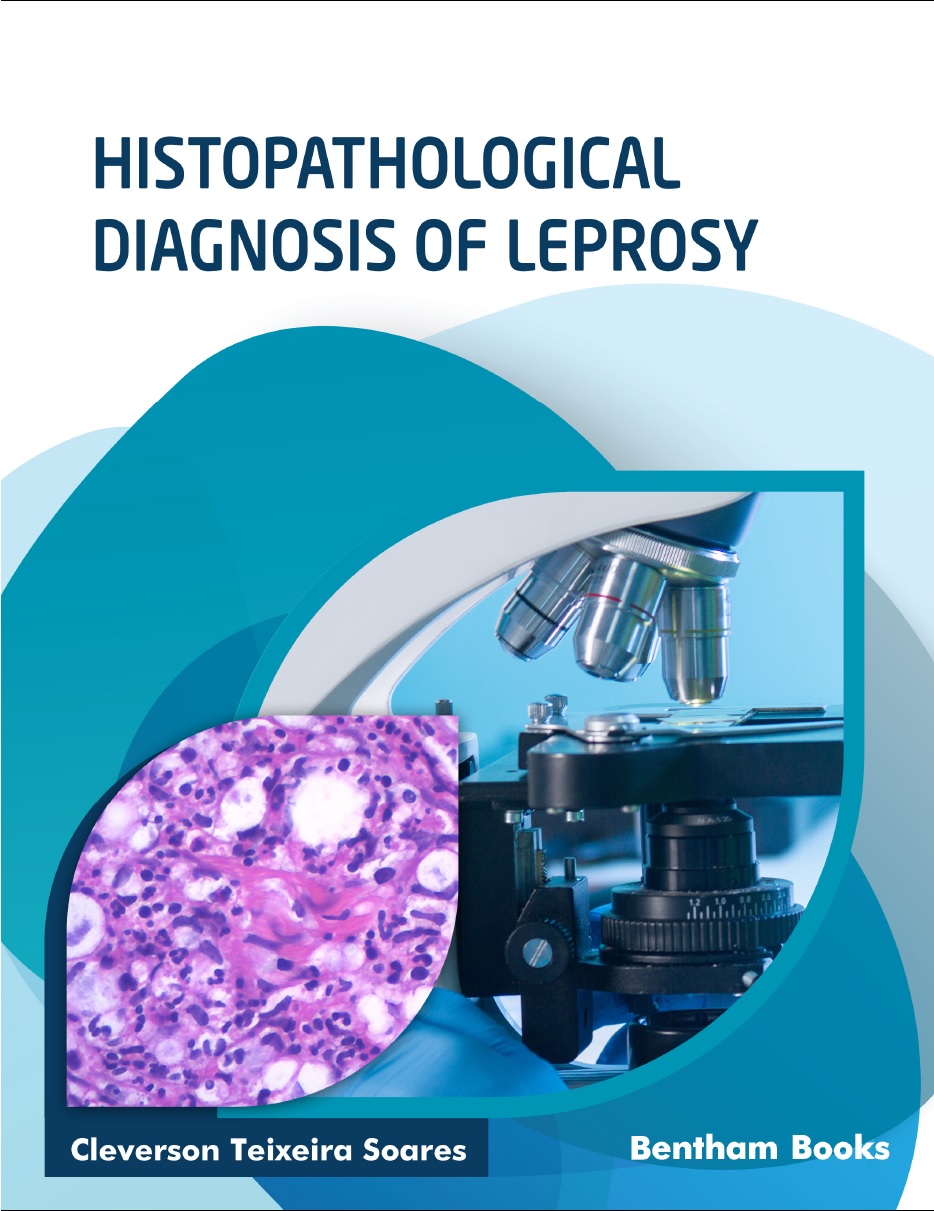Abstract
Leprosy is a chronic infectious disease whose etiological agent is Mycobacterium leprae. Recently, Mycobacterium lepromatosis is also implicated as a causative agent and has been identified in different forms of the disease. Leprosy is a complex disease from a clinical, histopathological, and molecular point of view. The wide diversity of clinical presentation and histopathological characteristics observed throughout the disease spectrum and reactions render it a challenging disease in clinical and pathological practice. This chapter discusses the main aspects of the disease and its histopathological classification. An important approach to the bacilloscopic examination, which is fundamental for the histopathological classification of the disease, showing its quantitative and qualitative aspects, is discussed. The various photographic panels demonstrate the bacillus' ability to parasitize different types of tissues and cells of the skin and other organs of the human body. Multiple serial histological sections stained using different techniques allow the main points addressed in the text to be better understood through histopathological images. The entire content of this initial chapter (Chapter 1) will be the basis for understanding the other chapters. In the subsequent chapters, the clinical, histopathological, and bacilloscopic features of leprosy forms (Chapters 2, 3, and 4), the reactional phenomena (T1R - Chapter 5 and T2R - Chapter 6), the regressive changes observed in leprosy lesions during and after treatment or relapse (Chapter 7), and some variants with special clinical characteristics (Chapter 8) are discussed.
Keywords: Bacilloscopy, Hansen´s disease, Histopathology, Leprosy, Mycobacterium leprae, Mycobacterium lepromatosis, Ridley and Jopling.






















